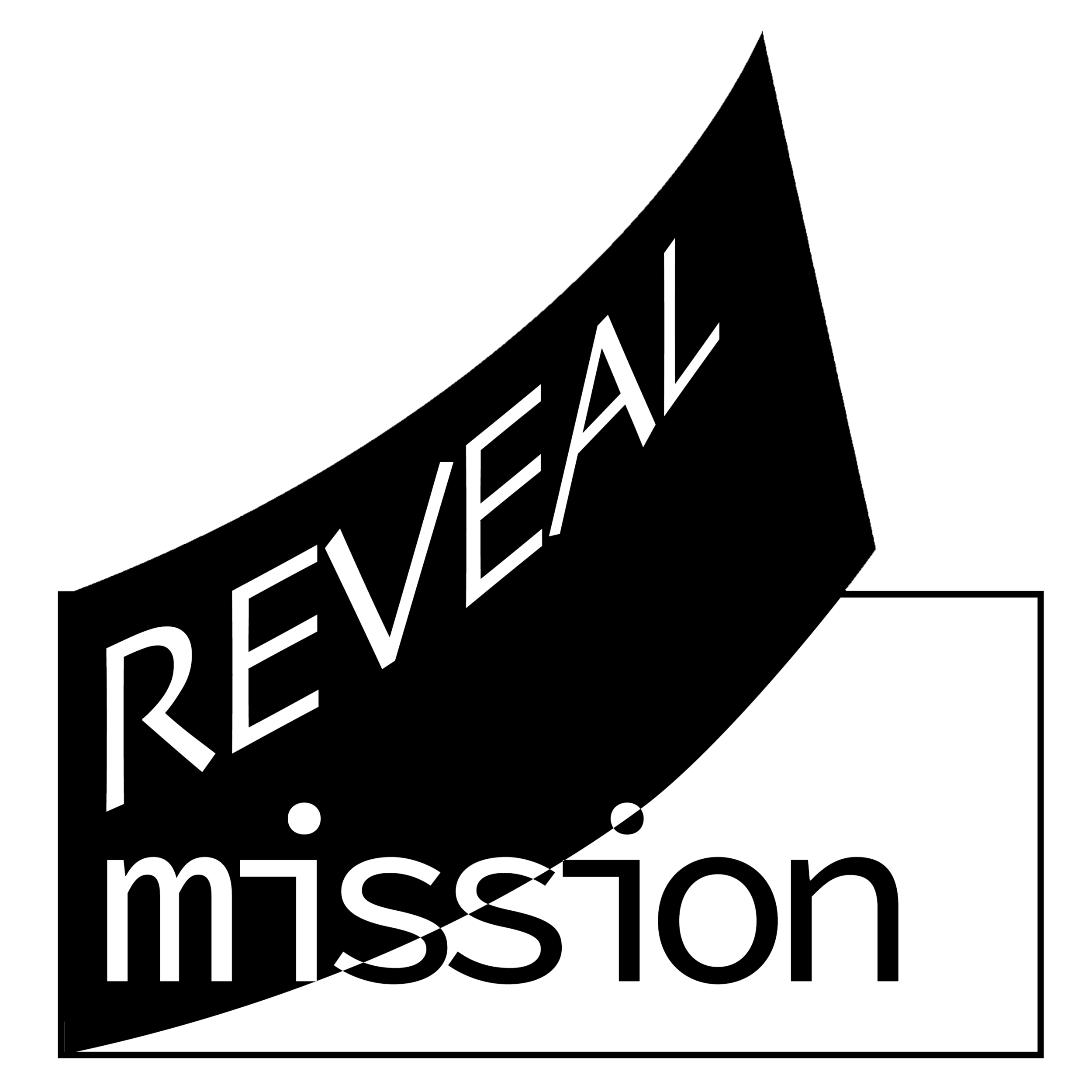The Beginnings
because there ...
m rodrigues fotografia
I was building my photography portfolio on a website for professional photographers when I came across a portrait by a Portuguese photographer on the same website. His duotone was a of a woman with a single breast mastectomy, although at the time I didn’t know what that procedure was. I stared at it for a while intrigued, left the page and then clicked back to study it some more. The image itself is simple - a perfect breast and a perfect scar, but the presentation is incredibly thoughtful. There is symmetry - the way it was created and presented, what is shown and what is left out - and I wrote the following comment on his page, “Very raw and vulnerable, and still very feminine and beautiful. Thanks for sharing this.”
I told my wife about the portrait and that I had gone back and looked at it several times. It started a conversation.
On a long road trip the next day my we started discussing breast cancer, vulnerability, freedom and shame. Of the friends we knew who had experienced breast cancer I didn’t know anything about their journeys. I suggested it may be because I am male, had worked as a pastor, and live in a pretty conservative community. Jamie suggested it could be a deeper issue because even though she is a woman, works as a nurse, and is friends to these same women she wasn’t privy to their stories either.
We wondered if the reluctance was shame based (that, and the oversexulization of breasts in our society), and that in turn got us talking about healing.
It makes perfect sense to initially cover a wound with a Band-Aid. We want to stop the bleeding and need to make sure it doesn’t get infected. However we don’t live our lives covered with Band-Aids. At some point we peel them off and allow the exposure to help with the scabbing and scarring process.
Our presupposition that day was that people may be keeping themselves from fully healing if they are keeping their wounds covered. This could be true for wounds that are physical, emotional, or relational in nature. We wondered what it would look like to give people a safe place to begin to gently expose their scars.
I ended up talking with three of our friends about their breast cancer experience. I hardly had to ask them anything. Once they knew I was interested and genuinely cared their stories came pouring out. They even offered some things that I would have considered private, yet they seemed grateful to verbalize things they might not have shared before. Two of these friends felt they had stories that could be helpful to other women and wondered if I might assist them in doing so some day. I nodded politely but didn’t think that role was for me as I still considered breast cancer as a “woman’s disease” and pictured myself as an outsider.
I did, however, begin writing stories about people’s scar stories and sharing them on my blog (some of these stories can be found on this website). I enjoyed giving people a platform for their stories and I discovered I had a lot to learn about vulnerability and freedom.
A few months later I wrote another comment to the Portuguese photographer underneath his image. “Could I get permission to use this photo on a blog article about photographing people with scars? This image has really impacted me.”
He responded the following day. “Dear Chad. You have my permission to use this photo on the blog for noble causes, such as the image conveys. Thank you for your selection.”
And then in a personal message to me he included, “The person in this fotografia is my wife.”
It was that moment that I realized I wanted/needed to do a project for people with breast cancer. I now recognized it as a human disease/condition and one that I couldn’t neglect just because of my gender. The truth was it was my own fear holding me back from vulnerability and it was costing me and others.
The next several months was a stretching time for me as I had to confront some of my belief systems that weren’t serving me well or letting me move forward with this project. The details of that journey will go into a book someday. The result of pushing through was building friendships with eight women who had walked through breast cancer. We wrote their stories, they revealed their scars and I captured their portraits. Together we held an art show.
These brave women changed the trajectory of my life. I’ve become a cancer advocate, a better listener, and a more passionate spokesman. The Reveal Mission has since grown to incorporate body image realities and end of life situations.
The mission is to facilitate healing in people who have scars that they choose to gently uncover. Sometimes it is with a conversation. For some it includes portraits meant just for themselves. Some have opted to share their stories with you here on these pages. I hope you will honor their courage and respect their journeys.

